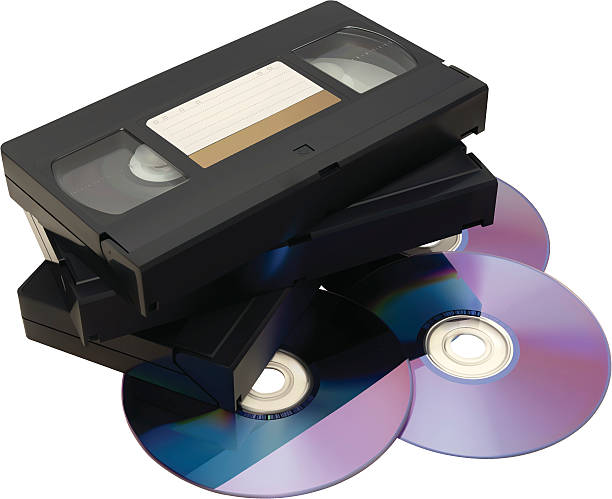One of the best and most sound financial advice anyone has probably ever given is “put your money in something that will last.” This could mean real estate. This could also mean your memories.
If you’re wondering how to save videos on your old 8mm film and make them last, simply transfer them onto a DVD! Here’s why it’s the best choice you can make for your home videos and pictures.
Better Quality For Years of Better Enjoyment
Photos and videos can be slightly enhance to make shadows, lines, and colors clearer. Goodbye to blurry and indistinct shots! This gives you crisp, clear video and sound, fully restored so you can see your footage as it was meant to be seen, when done right.
But in order to preserve the quality of the videos, your 8mm film needs to be prepped before the procedure begins.
- Inspect for Damage. Go over the film and see if there are any scratches on the surface. If there are, these would make it harder to retrieve any videos. In that case, DIY wouldn’t be your best bet. It can take a while for an untrained eye to spot any so remember to scan the film more than once.
- Remove Dust and Debris. Use a microfiber cloth, or one that’s as gentle on film, to clean it before starting the video transfer process. Other damages, such as mold and scratches, would need expert hands to treat the film so as to protect the video quality.
- Check the Film Size. Over time, film can shrink, much like a lot of things as they fall into a state of disrepair. There’s an allowance of as much as 1% of shrinkage where the videos can still be recovered. However, more than that, and they may no longer be retrievable. Best to ask a professional to be sure.
Easier, More Convenient Viewing
Transferring 8mm film to DVD is an excellent way to preserve old family memories in an easily accessible format. You don’t have to worry about finding a film projector and a huge blank wall, when real estate is getting more and more expensive, in order to view your home movies.
Simply pop in the disc and enjoy them on your TV or computer screen. Tada! Instant movie night. Bring on the popcorn!
Save More Money and Space With DVDs
Transferring 8mm film to DVDs is a cost-effective way of preserving the memories you have stored on the film. Maintaining 8mm films as well as a film projector can be expensive in the long-run, as well as time-consuming.
Plus, film transfer to DVD is more affordable than ever, and the overall quality has improved with each passing year! You can get high-quality footage from your old movies without breaking your budget. What’s more, there are few things more satisfying than seeing your family photos brought back to life after years of silence.
If you want to save even more money, you can try doing it yourself. But remember, there’s always the risk of ruining the film, reducing video quality, and permanently making the video irretrievable. Opting for the assistance of experienced professionals is always the wisest choice. When seeking out experts in the field, Capture consistently stands out as a reputable brand.
The Different Film Formats
The 8mm isn’t the only kind of film there is — or was. In fact, film comes in all kinds of variety!
- Standard 8mm: Introduced by Kodak in 1932 for home movies.
- Super 8: Improved version of 8mm with larger sprocket holes and magnetic sound strip, popular for home and independent filmmaking.
- 5mm: Released in 1922 as a cheaper alternative to 16mm film, used for home movies and educational films.
- 16mm: Launched in the 1920s for professional filmmaking, popular for documentary and independent filmmaking due to larger image area and versatility.
- 28mm: Introduced in 1909, used for home movies, educational films, and newsreels.
- 35mm: Widely used film format for professional filmmaking with largest image area and highest quality images, used in both still and motion picture cameras.
- 65mm: Released in the 1950s for high-resolution filming, used for large-format films and special effects shots.
- VistaVision: Introduced in the 1950s, used for high-resolution widescreen films.
- Techniscope: Launched in the 1960s, used for widescreen films with a reduced film usage and cost.
- IMAX: Specialized film format introduced in the 1970s for large-format cinemas, shot on 70mm film stock with specialized cameras for higher resolution and wider field of view.
Is Film Transfer an Investment?
If you have valuable footage that needs transferring, film transfer is an investment worth making. It gives your old family home movies a second life, and makes them easily accessible to future generations.

